From a safety and cost standpoint, tire maintenance is one of the most important things you can do for your car. The easiest way to care for your tires is both quick and inexpensive: maintain the correct tire pressure.
The recommended pressure for tires varies by the type of car and tire. Because maintaining your tires is so crucial to your safety and your car’s overall performance, it’s important to know what tire pressure is correct for your vehicle.
To learn what your tire pressure should be, look for your manufacturer’s recommendation, which is printed on a label inside your car. Depending on the vehicle, this label may be on the edge of the vehicle’s door, on the doorpost or in the glove box. The label will usually give recommendations for the front and rear tires as well as the spare, and it’s important that you stick to those guidelines. Even after you’ve replaced your tires, the same pressure guidelines on your car’s label apply to new tires of the same size.
Pressure recommendations are based on readings taken from a tire pressure gauge. Check the pressure first thing in the morning or wait at least three hours after driving; this provides sufficient time for them to cool back down.1
Driving on underinflated tires is one of the biggest causes of tire failure, according to the National Highway Traffic Safety Administration. And not having enough air in your tires can lead to other problems. Under-inflated tires wear out more rapidly, handle poorly and reduce fuel efficiency. On the other hand, overinflated tires are more susceptible to damage from road irregularities, and they also result in a bumpier ride. Overfilling your tires is just as dangerous as underfilling them, so it’s important you know what is recommended for your vehicle.
Knowing how to check tire pressure is critical to your safety and to keeping your tires in good working order.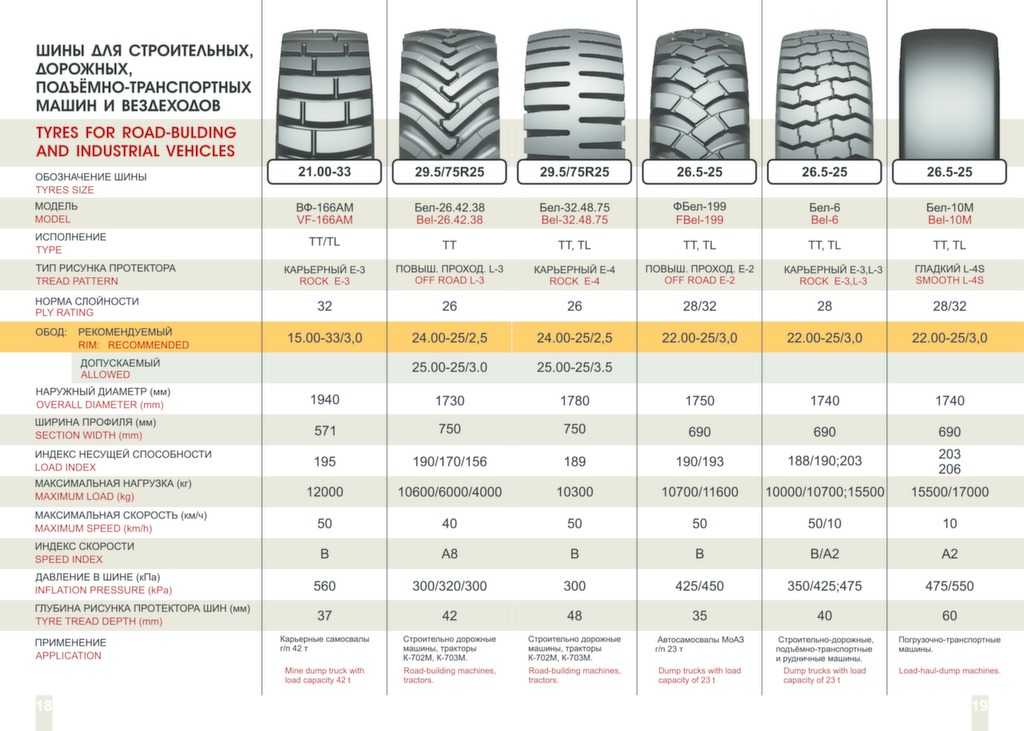
When it comes to choosing a gauge, you typically have 3 options:
Put the pressure gauge into the valve stem, making sure the gauge is evenly and firmly pressed onto the stem. If you’re using a pen-style gauge, read the number on the rod that pops out of the sleeve. Read dial pressure gauges as you would a watch with one hand. With a digital pressure gauge, simply read the number on the screen. 2
Find your tires’ recommended PSI in the owner’s manual or on a sticker just inside the driver’s side door. The proper PSI is crucial to your safety and the car’s longevity. Underinflated tires can overheat and wear unevenly; overinflated tires can blow out.1
Underinflated tires can overheat and wear unevenly; overinflated tires can blow out.1
Temperature has a direct effect on your air tires’ air pressure, so for an accurate PSI reading, make sure to check tire pressure when tires are cold. If it’s cold outside, then you can assume your tires are losing PSI and you should check even more frequently. This will help to ensure maximum safety. Take your car to a mechanic you trust for a professional assessment.3
If you happen to find yourself without a tire gauge and your car doesn’t have an indicator for low tire pressure, there are several things you can do to figure out whether your tires need to be inflated.
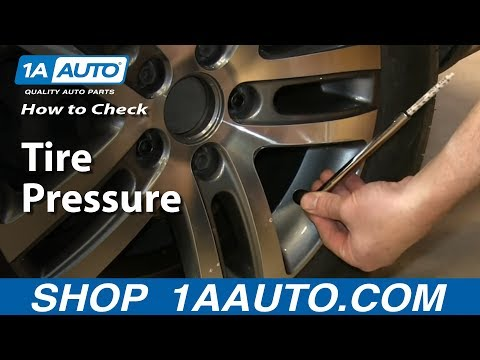
Of course, knowing your recommended PSI isn’t enough. You have to ensure you’re checking your tires regularly. Experts recommend you check air pressure once a month.5 Your car’s tire pressure monitoring system TPMS measures the amount of air in your tires to let you know whether your tires are properly inflated.1
Frequently checking your PSI becomes even more important in the fall and winter, when outside temperatures drop and weather conditions fluctuate causing your tires to lose air more quickly. Generally, your tire will gain or lose 1 PSI for every 10-degree change in temperature, which means if you have a sudden drop of 30 degrees, you could lose 3 PSI overnight. If your tires were already low, this could cause tire damage, steering problems or even a flat tire.3
If your tires were already low, this could cause tire damage, steering problems or even a flat tire.3
Knowing and maintaining the right air pressure is important to the safety and longevity of your tires. All it takes is a tire pressure gauge and a few minutes of your time.
Once you have the right tire pressure, make sure you also have the right coverage. Learn more about how Nationwide auto insurance can help protect you and save you money.
Sources:
1 https://www.pirelli.com/tires/en-us/car/driving-and-tire-tips/how-to-read/recommended-tire-pressure, Accessed April 2022.
2 https://www.consumerreports.org/cro/tire-pressure-gauges/buying-guide/index.htm#:~:text=There%20are%20three%20types%20of,of%205%20to%2099%20psi., Accessed April 2022.
3 https://www.firestonecompleteautocare.com/blog/tires/should-i-inflate-tires-cold-weather/, Accessed April 2022.
4 https://rxmechanic.com/how-to-check-tire-pressure-without-gauge/, Accessed February 2022.
Maintaining correct tire inflation pressure is very important since it helps optimize tire performance and fuel economy while over-inflated tires are just as problematic as under-inflated ones.
In fact, driving with under-inflated tires is one of the biggest causes of tire failure, according to the National Highway Traffic Safety Administration.
Besides, under-inflated tires can cause many other problems such as wearing out more rapidly, handling poorly and reducing fuel efficiency.
In addition, over-inflated tires are more susceptible to damage from road irregularities, and this also creates a bumpier ride.
Overfilling your tires is just as dangerous as under-filling them, so it’s important you know what is recommended for your vehicle.
This article will give you everything that you need know about your recommended tire pressure. These include:
Buy Pressure Gauge at Amazon
Recommended tire pressure, where to find it?Since tire pressure is so important to your safety and your car’s overall performance, it is important to know which level of tire pressure is right for your vehicle.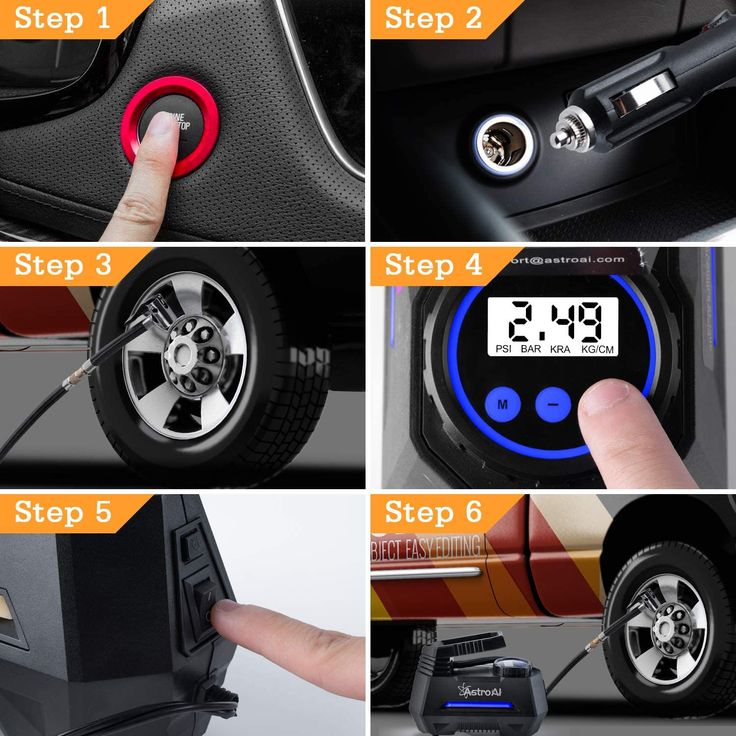
In fact, how much air pressure your tires need depends on several factors, including the type of vehicle, the type of tire and the intended use of the vehicle etc.
Air pressure in tires is measured in pounds per square inch or PSI. You can find your tire pressure both inside your car and on the sidewall of the tire.
How to find recommended tire pressure inside your carYou could find the manufacturer’s optimum or recommended tire pressure for your car on a sticker in the door jam, or in your owner’s manual. Some car models even place the stickers on the trunk lid, in the console or on the fuel door. For best results, look for a placard on the inside of the driver’s door, like the example in the photo below.
How to find maximum tire pressure on the sidewall of your tiresSomewhere on the sidewall of your tire, just below the big, bold letters of the manufacturer, for example, you might have noticed the words ‘Max.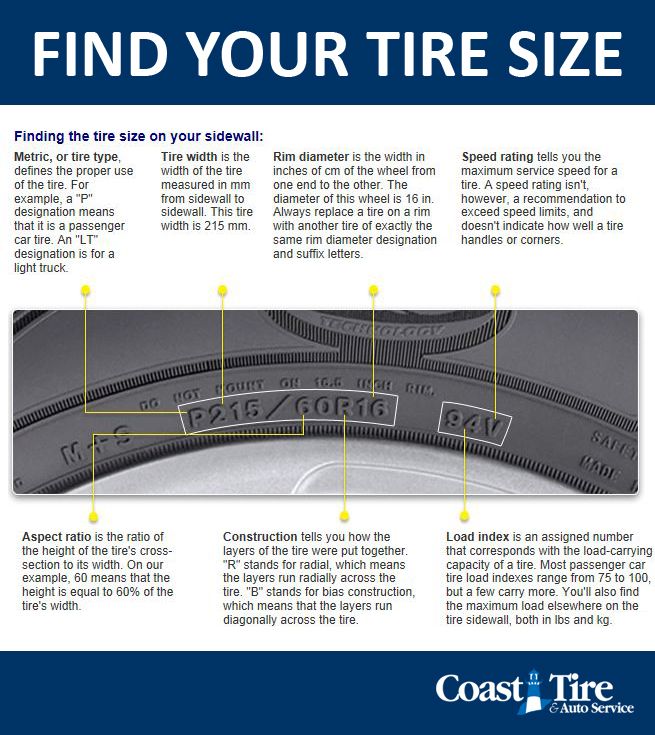 Press. 35 PSI.’ (pounds per square inch).
Press. 35 PSI.’ (pounds per square inch).
That number tells you the maximum cold pressure needed for your tire to carry its maximum load.
Most typical tires require about 32 to 35 pounds per square inch (PSI) of air, says Rod Tate, owner of highly rated Colony One Auto Center in Stafford, Texas.
Large trucks require much larger tires with PSIs of 50 to 60. Heavy-duty vehicles can go even higher. For example, tire in the picture below requires 41 pounds per square inch of air.
However, the tire’s maximum pressure is NOT necessarily the most suitable pressure for every vehicle upon which the tire can be used (almost all vehicle manufacturers’ recommended tire inflation pressures are less than the tires’ maximum pressure).
You really should follow the recommended pressure printed somewhere inside your car or in the manual rather than the maximum pressure. In the next section, I will explain why.
Buy Pressure Gauge at Amazon
Why is maximum tire pressure not the best?If you insist on inflating your tires to the max PSI, there will be more likely that two things below will happen
Since tires inflated to the max cannot give as much on the sidewall, you might see superior cornering, but it could be at the risk of your braking threshold.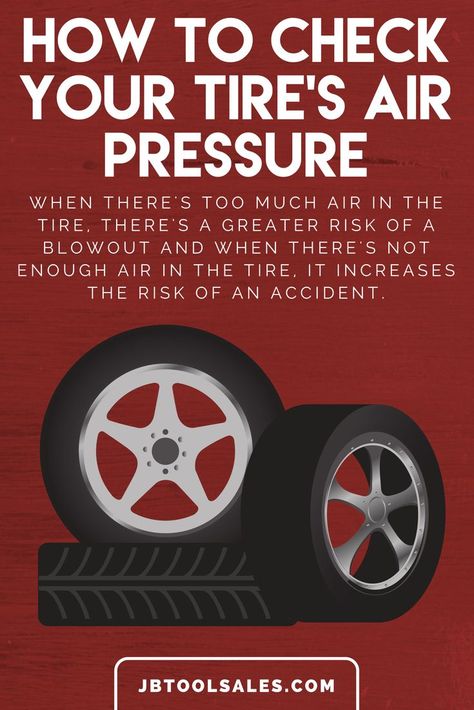 One quick corner and your back end could slide out.
One quick corner and your back end could slide out.
When your tires are inflated too much, the rubber rounds out at the top of the tire when you are driving, and the center will quickly wear out. You will also reduce your traction and you could even cause a blowout.
Therefore, maximum pressure is not the best, rather, recommended pressure is. I need to repeat here that the pressure listed on the sidewall is a maximum pressure only, but not a recommended pressure. Instead, you should use the air pressure recommended in the vehicle’s owner’s manual or tire information placard label.
How to check your tires pressure?Therefore, maximum pressure is not the best, rather, recommended pressure is. I need to repeat here that the pressure listed on the sidewall is a maximum pressure only, but not a recommended pressure.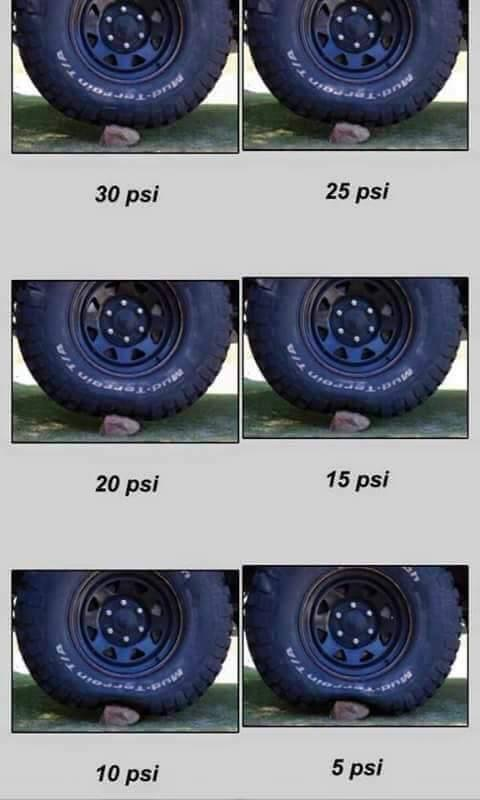 Instead, you should use the air pressure recommended in the vehicle’s owner’s manual or tire information placard label.
Instead, you should use the air pressure recommended in the vehicle’s owner’s manual or tire information placard label.
After knowing the most appropriate pressure for your car tires, you should check whether your tires have such pressure. In addition, checking the pressure of your tires regularly is one of the most important – and most often overlooked – regular maintenance that you should do to ensure your safety and quality of your driving. Monitoring the amount of air in your tires will let you know if you have a small leak and can help you avoid an unexpected flat tire.
Frequently checking your PSI becomes even more important in the fall and winter, when outside temperatures drop and weather conditions fluctuate causing your tires to lose air more quickly. Generally speaking, your tire will gain or lose one PSI for every 10-degree change in temperature, which means if you have a sudden drop of 30 degrees, you could lose three PSI overnight. If your tires were already low, this could cause tire damage, steering problems or even a flat tire.
Some experts recommend that you should check the air pressure every time you refuel; others say once a month is sufficient.
How to check tire pressure properly? Checking tire pressure is easy. You can do it right at home or at the gas station. Just be sure you check the pressure when your tires are cold, or have not been driven in several hours. This will give you the most accurate reading.
The most important piece of equipment you need is an accurate tire pressure gauge. You can find battery-operated digital gauges, or more traditional stick-type gauge found at most gas stations. A good gauge should not set you back more than $15 – a worthwhile investment for a longer life for your tires.
Buy Pressure Gauge at Amazon
Make sure you have your manufacturer’s PSI handy when you are checking your tire pressure, and then follow these steps:

By checking tire pressure once a month, you will get a good idea how they are performing. If your tires are fairly new and continue to leak air, you should consult your dealer or mechanic. You may have a faulty valve or other damage that is difficult to detect which could unfortunately result in the need to replace the tires completely. But with proactive maintenance, you could catch an issue before it becomes a problem, and just end up needing a small repair.
But with proactive maintenance, you could catch an issue before it becomes a problem, and just end up needing a small repair.
Often, it is hard to spot an under-inflated tire until it is too late – in other words, it is completely flat. Of course, you could carry a gauge around at all times to measure the pressure, but that is not exactly convenient. Instead, watch for these signs and symptoms of tires that are under-inflated.
When your tires are under-inflated, your ride can be less smooth than usual. You may even find that it takes longer to brake.
When a tire is not inflated properly, it wears down more quickly. If you notice that one or all of your tires are wearing out faster than usual, it may be because they are under-inflated.
Tires that are under-inflated can make your vehicle quiver and shake, which is not a pleasant driving experience.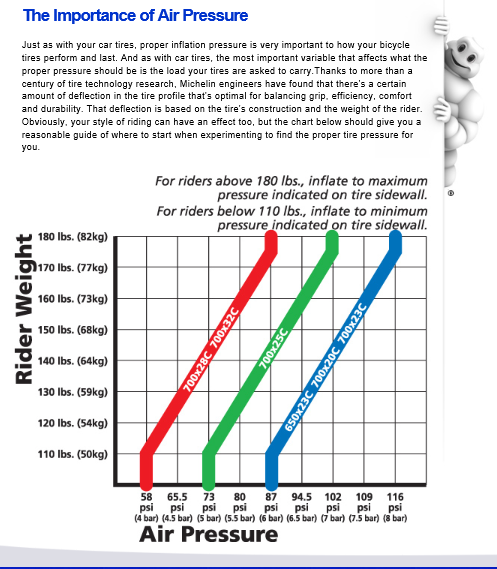 Under-inflation can even cause tires to become misaligned, with comes with it is own variety of problems.
Under-inflation can even cause tires to become misaligned, with comes with it is own variety of problems.
These are all things that you need to know about recommended pressures of your car tires. After reading this article, you will never confuse about the right pressure of your tires and will know how to check it.
Please share your ideas with me if you have other tips for this.
I want to know what is the lowest tire pressure you could put on a top speed 44psi tire? I run these tires at 33-34 psi. inch for about half a year now, will it damage my tires? I plan to install 36 psi. inch to make it close to the nominal maximum limit.
marchemike
2014-05-20 19:53:58 +0000
Tire pressure is usually determined by vehicle weight and tire type. In other words, 44 psi. in. (44 psi) is the maximum tire pressure at its maximum load.
In other words, 44 psi. in. (44 psi) is the maximum tire pressure at its maximum load.
You can safely inflate tires to maximum pressure, but this may not provide the best ride or performance. Each vehicle has a specified pressure/load rating on a plate located in the jamming area of the doors. It might look like this; nine0003
Since you didn't give us information about the type of tire or vehicle, I will say that you should use 10% to 15% pressure at the maximum psi setting to get the best ride or tire performance.
This is just a guess and you will have to do some research on your own depending on the tire brand and vehicle type.
A sourceCharlieRB
2019-01-31 22:58:03 +0000
Tire pressure should only be appropriate for vehicle weight/ground area per tire/4 tyres. However, cornering can increase tire inertial mass and increase friction wear and life.
Inflation is thus a compromise between gentle shock absorption and long-term comfort. Using the recommended pressure can optimize service life. But not comfort, but the number of passengers + luggage can make a difference. nine0003
Optimum tire pressure depends on how you ride corners and absorb bumps that cause rim damage, not highway comfort and vibrations.
A sourceTony Stewart Sunnyskyguy EE75
2018-10-13 16:51:17 +0000
38psi seems to be perfect for a tire with 44psi max cold. It is recommended to check between winter and summer. Technically, you should check every month, but how many of us do this. My truck, which has a tire rating at 80psi cold, seems to do best in the 50-60psi range. When you start getting around 7 70-80psi you are in for a pretty tough ride. It can also add unnecessary stress to the shocks/bars and general suspension components. Note: If you tend to haul heavy loads, you may want to be a little higher in FPS. inch but never exceed the maximum cold figure and remember to check when the car is idle like at night and check before the sun can affect anything. nine0003 A source
Note: If you tend to haul heavy loads, you may want to be a little higher in FPS. inch but never exceed the maximum cold figure and remember to check when the car is idle like at night and check before the sun can affect anything. nine0003 A source
Chelsea
2017-08-31 23:39:52 +0000
I ran 38 psi when I was rated at 44 psi. When they warmed up, they were at 40 psi. They were perfectly dressed. Got 64,000 of them. They were a little over 5 years old.
A sourceRalph Hitchens Jr. nine0003
2019-01-31 18:38:45 +0000
I have a 2011 vagrant synthesis. The tires have a maximum sidewall pressure of 44 psi. inch, and the sticker on the door is 31 psi. inch. Big difference! At 60,000 miles, the tread on the outside is next to the wear indicators, and the tread in the middle is probably only halfway down. When I look up why tires wear so much, I find it is usually due to insufficient ventilation. Getting ready to get new tires and will definitely keep them close to 40 psi. inch. nine0003 A source
When I look up why tires wear so much, I find it is usually due to insufficient ventilation. Getting ready to get new tires and will definitely keep them close to 40 psi. inch. nine0003 A source
Mike C
2019-08-06 18:17:26 +0000
The door will be the original tire that came with the car if you put the original tires they call back when you need new ones. you will probably keep the same specs when you change tire brands and different sizes, the manufacturer will give you the specs for this tire, and the safety of this tire, I always go to buy tire specs, check the tire sidewall pressure by them, you can still call the tire factory that makes this brand of tire that would be better than everyone here, just guessing. nine0003 A source
Todd Miller
2019-07-03 16:49:35 +0000
Many older vehicles came with tires up to 35 psi installed.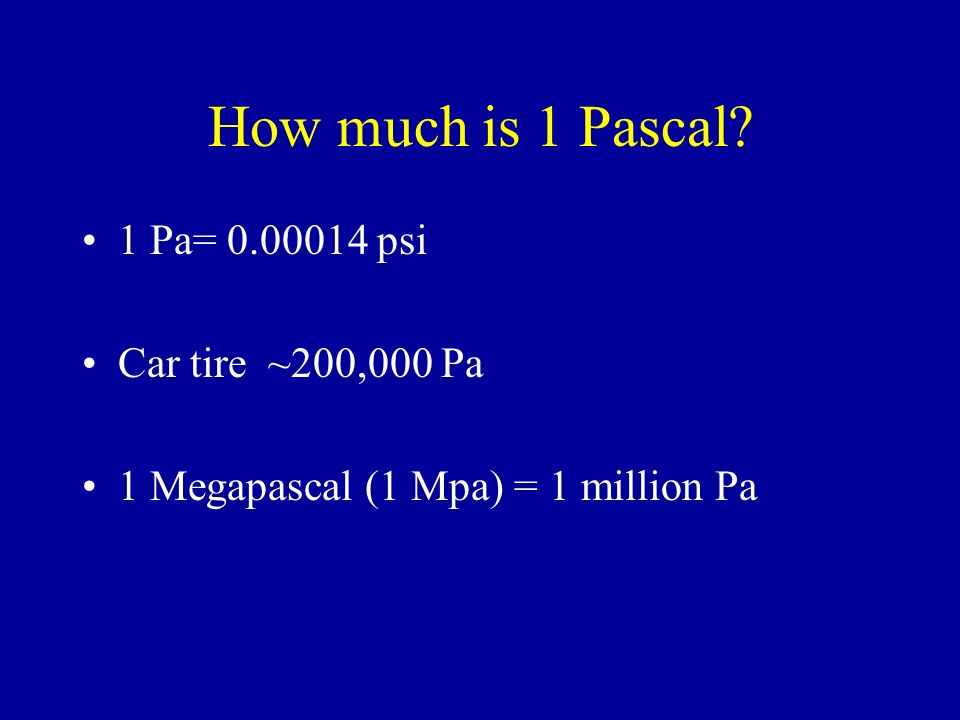 inch. You won't find another tire with this one anymore. They start at 44 and go up to 65, so put an initial pressure of 35 psi. an inch into one designed for 44 is dangerously low. 10-15% below max pressure is a good start, then adjust down for a comfortable ride versus fuel economy. It will always be a compromise. If they are fraying on the outside then they are either not inflated or you are doing a lot of high speed turns. nine0003 A source
inch. You won't find another tire with this one anymore. They start at 44 and go up to 65, so put an initial pressure of 35 psi. an inch into one designed for 44 is dangerously low. 10-15% below max pressure is a good start, then adjust down for a comfortable ride versus fuel economy. It will always be a compromise. If they are fraying on the outside then they are either not inflated or you are doing a lot of high speed turns. nine0003 A source
Don Brown
EN ES PT EN FR
Oops... Javascript not found.
Sorry, JavaScript is disabled or does not support JavaScript in your browser.
Unfortunately, this site cannot work without JavaScript. Check your browser settings, maybe JavaScript is turned off by accident? nine0003
 Converter and value conversion table.
Converter and value conversion table. | It's very simple: Need help? x This unit converter is very simple. Truth.
|
| ||||||||||
? Converter settings:
x
By the way, you don't have to use the settings. You may be fine with the default settings.
You may be fine with the default settings.
it is more convenient to get a rounded result. In such cases, choose 3 or 4 significant figures. Maximum accuracy -
Your value (pound per square inch, psi):
» open »
» collapse »
| psi to bar | |
| pound per square inch to kilopascal (kPa) | |
| pound per square inch to hectopascal (hPa) | |
| pound per square inch to megapascal (MPa) | |
| pound per square inch to millibar | |
| pound per square inch to pascal (Pa) | |
| pound per square inch to gram-force per square centimeter (gf/cm²) | |
| pound per square inch to kilogram-force per square centimeter (kgf/cm²) | |
| pound per square inch to tonne per square centimeter | |
| pound per square inch to kilogram-force per square meter (kgf/m²) | |
| pound per square inch to ton-force per square meter | |
| pound per square inch to newton per square meter (N/m²) | |
| pound per square inch to kilonewton per square meter (kN/m²) | |
| pound per square inch to meganewton per square meter (MN/m²) | |
| pound per square inch to newton per square centimeter (N/cm²) | |
| pound per square inch to newton per square millimeter (N/mm²) |
Units: bar / kilopascal (kPa) / hectopascal (hPa) / megapascal (MPa) / millibar / pascal (Pa) / gram force per square centimeter (gf/cm²) / kilogram force per square centimeter (kgf/cm²) / ton force per square centimeter / kilogram force per square meter (kgf/m²) / ton force per square meter / newton per square meter (N/m²) / kilonewton per square meter (kN/m²) / meganewton per square meter (MN/m²) / newton per square centimeter (N/cm²) / newton per square millimeter (N/mm²)
» open »
» collapse »
| pound per square inch to ounce per square inch (osi, oz/in²) | |
| pound per square inch to ounce per square foot | |
| pound per square inch to pound per square foot | |
| psi → 1000 psi (ksi) | |
| pound per square inch to tonne per square inch | |
| pound per square inch to ton-force per square foot | |
pound per square inch to long ton (U. K.) per square inch K.) per square inch | |
| pound per square inch to long ton (U.K.) per square foot |
ounce per square inch (osi, oz/in²) / ounce per square foot / / pound per square foot / 1000 psi (ksi) / ton force per square inch / ton force per square foot / British ton force per square inch / British ton force per square foot
» open »
» collapse »
| pound per square inch to inch of mercury | |
| pound per square inch to centimeter of mercury | |
| pound per square inch to millimeter of mercury (torr) |
Units: inch of mercury / centimeter of mercury / millimeter of mercury (torr)
» open »
» collapse »
| pound per square inch to meter of water | |
| pound per square inch to centimeter of water | |
| pound per square inch to millimeter of water | |
| pound per square inch to foot of water | |
| pound per square inch to inch of water column |
Units: meter of water column / centimeter of water column / millimeter of water column / foot of water / inch of water column
"open"
"collapse"
| pound per square inch to physical atmosphere (bar) | |
| pound per square inch to technical atmosphere (at) |
Units: physical atmosphere (atm) / technical atmosphere (at)
» open »
» collapse »
In physics, natural units are based only on fundamental physical constants. The definition of these units is in no way connected with any historical human constructions, only with the fundamental laws of nature.
The definition of these units is in no way connected with any historical human constructions, only with the fundamental laws of nature.
| pound per square inch to Planck pressure (L⁻¹MT⁻²) |
Units: Planck pressure (L⁻¹MT⁻²)
Try searching:
Other options:
Look up the alphabetical list of all units
Ask a question on our facebook page
and you liked it at Convert-me.Com. Come again!
! The unit value is approximate.
Either no exact value,
or it is unknown. ? Please enter a number. (?) Sorry, unknown substance. Please select something from the list. *** You need to choose a substance.
The result depends on it.
Tip: Can't find the unit you're looking for? Try site search. Search field at the top of the page.